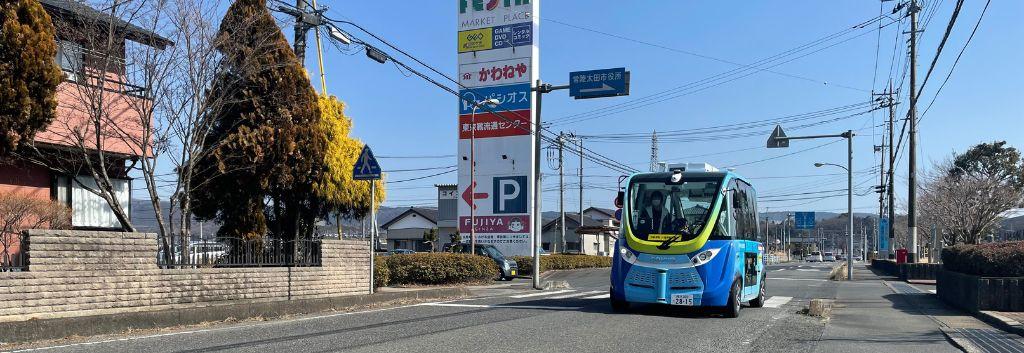
Macnica conducted a demonstration experiment of autonomous driving at "Let's ride an autonomous driving EV bus! in Hitachiota City" held in Hitachiota City, Ibaraki Prefecture from February 17th to February 23rd, 2023. .
We would like to express our sincere gratitude to the visitors of this event and the people involved in the event for their valuable opinions and support.
This column provides a detailed report on the content and results of the demonstration experiment.
Background of the demonstration experiment
In May 2019, Hitachiota City incorporated the Eastern Land Readjustment Project Area, which is adjacent to the urbanized area,into the urbanized area, making it an attractive new urban area for shopping that takes advantage of its location along the National Route 349 bypass. For the purpose of improving the environment and creating new employment, etc., we are promoting the development of commercial facility sites in cooperation with local communities and promoting sustainable urban development into the future.
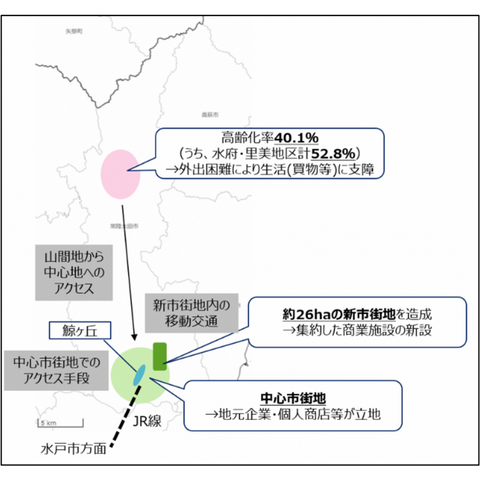
On the other hand, since the total area of the commercial facility in the Eastern District, which is being developed, is about 26ha, it is expected to improve mobility by introducing new forms of mobility, such as autonomous driving vehicles, especially for the elderly. It is required to try.
Furthermore, as a response to the decline of public transportation, improving mobility from commercial facilities in the city center to surrounding facilities such as residential complexes, stations, roadside stations, and tourist facilities has become an issue.
In addition, Hitachiota City is promoting the future vision of the 6th Comprehensive Plan, “Hitachiota, a city where people feel happy and want to continue living,” creating bustle through the implementation of autonomous driving services in the new urban area. Also, from the perspective of carbon neutrality, we aim to reduce CO2 by introducing electric vehicles (autonomous driving cars) as a sustainable city in the SDGs.
Against this background, in anticipation of the commercialization of autonomous driving services in urban areas in the future, we conducted a demonstration experiment to verify and evaluate the feasibility of autonomous driving in the area.
Details of the demonstration experiment
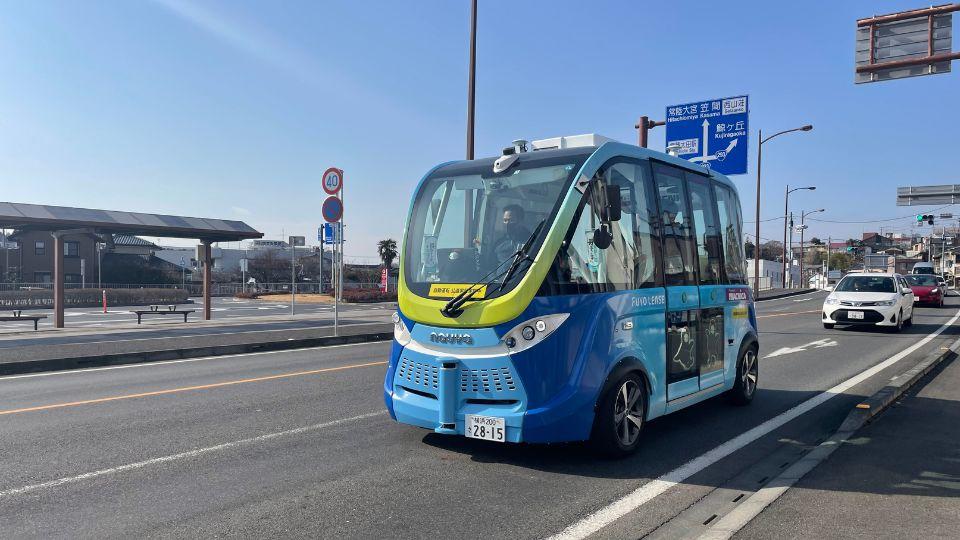
In the demonstration experiment, we provided local residents with a mobility experience using an autonomous driving bus in a one-way section of about 1.3 km connecting Hitachiota City Hall in the central area of Hitachiota City and Hitachiota Station.
Towards the practical application of future autonomous driving services, we conducted a questionnaire survey on regional needs and social acceptance, and evaluated and verified the technical aspects related to the operation of autonomous driving shuttle buses.
Hitachiota City Hall took the lead in preparing, operating, and verifying the effects of the demonstration experiment at Nippon Koei.
Macnica provided support for the implementation and operation of the autonomous driving shuttle bus, as well as related systems.
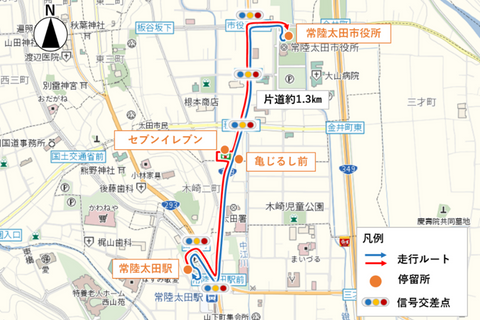
<Overview>
Date: February 17, 2023 (Friday) to February 23, 2023 (Thursday)
Time: 8:45-16:30 (14 flights a day)
Operation section: ①Hitachiota City Hall - Hitachiota Station ②Hitachiota Station - Hitachiota City Hall (approximately 1.3km one way)
Vehicle: NAVYA ARMA (autonomous driving shuttle bus)
Capacity: 7 people (excluding safety drivers and security guards)
Fare: Free
NAVYA's autonomous driving shuttle bus "ARMA"is used as the autonomous driving vehicle.
ARMA is an EV specification (electric vehicle) with a maximum speed of 18km/h. It does not have a steering wheel, accelerator, or brake.
Another feature of the vehicle is its large interior space, and a transmissive display installed in the window glass inside the vehicle was used to make announcements when boarding and to distribute local promotional videos while driving.
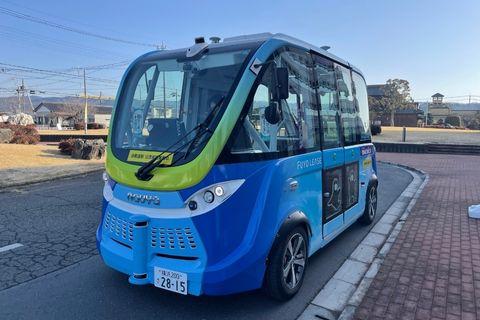
NAVYA autonomous driving shuttle bus "ARMA"
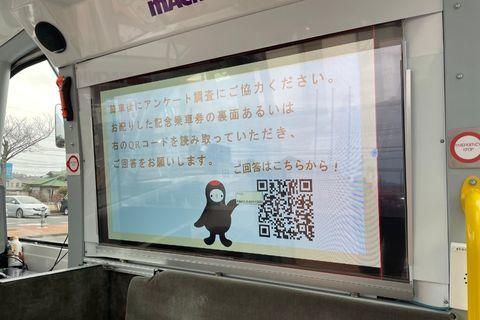
Boarding announcement using a transmissive display
In addition, this time, the operation was in the form of a safety driver and a security guard on board, but in anticipation of unmanned operation in the future, "remote monitoring", in which an operator in a remote location manages the operation of the autonomous driving vehicle operated on a trial basis.
Vehicle data (vehicle speed, number of revolutions, steering angle,etc.) and sensor data (positional information, camera images, etc.) of the autonomous driving bus are integrated and displayed in the remote monitoring room installed in Hitachiota City Hall via the cloud. visualized in .
By checking the operation status of the autonomous driving shuttle bus in real time from a remote location, we were able to operate safely and securely.
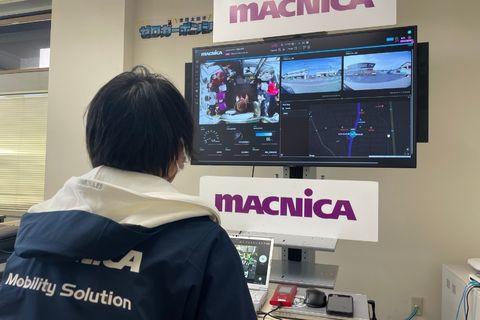
Remote monitoring room in Hitachiota City Hall
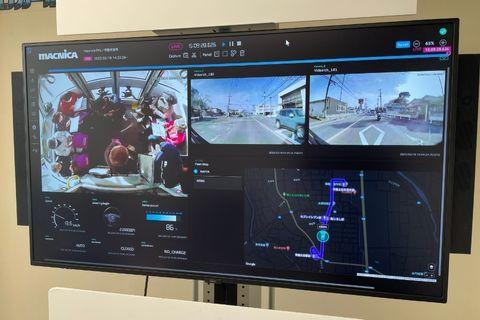
Visualization of operation status by remote monitoring
Demonstration experiment
Demonstration experiment results
During the 7-day demonstration experiment, a total of 592 passengers, 6.5 passengers per flight, and a boarding rate of 94%, were extremely large numbers of passengers.
In addition, through questionnaire surveys and aggregation of operation data, we were able to verify and evaluate the regional needs, social acceptance, and technical aspects of autonomous driving services.
First, regarding regional needs and social acceptability, we conducted a questionnaire survey of visitors regarding their intention to use autonomous driving transport services.
Approximately 90% of the respondents answered that they “wish/rather prefer” the use of autonomous driving services, and the results showed a strong desire to use them for everyday outings.
In addition, when asked about their reasons for wanting to use autonomous driving services, a large percentage of respondents answered that they felt safe, that the fares were cheap or free, and that rides were easy (reservations, etc.). I confirmed the possibility of acceptance as a means.
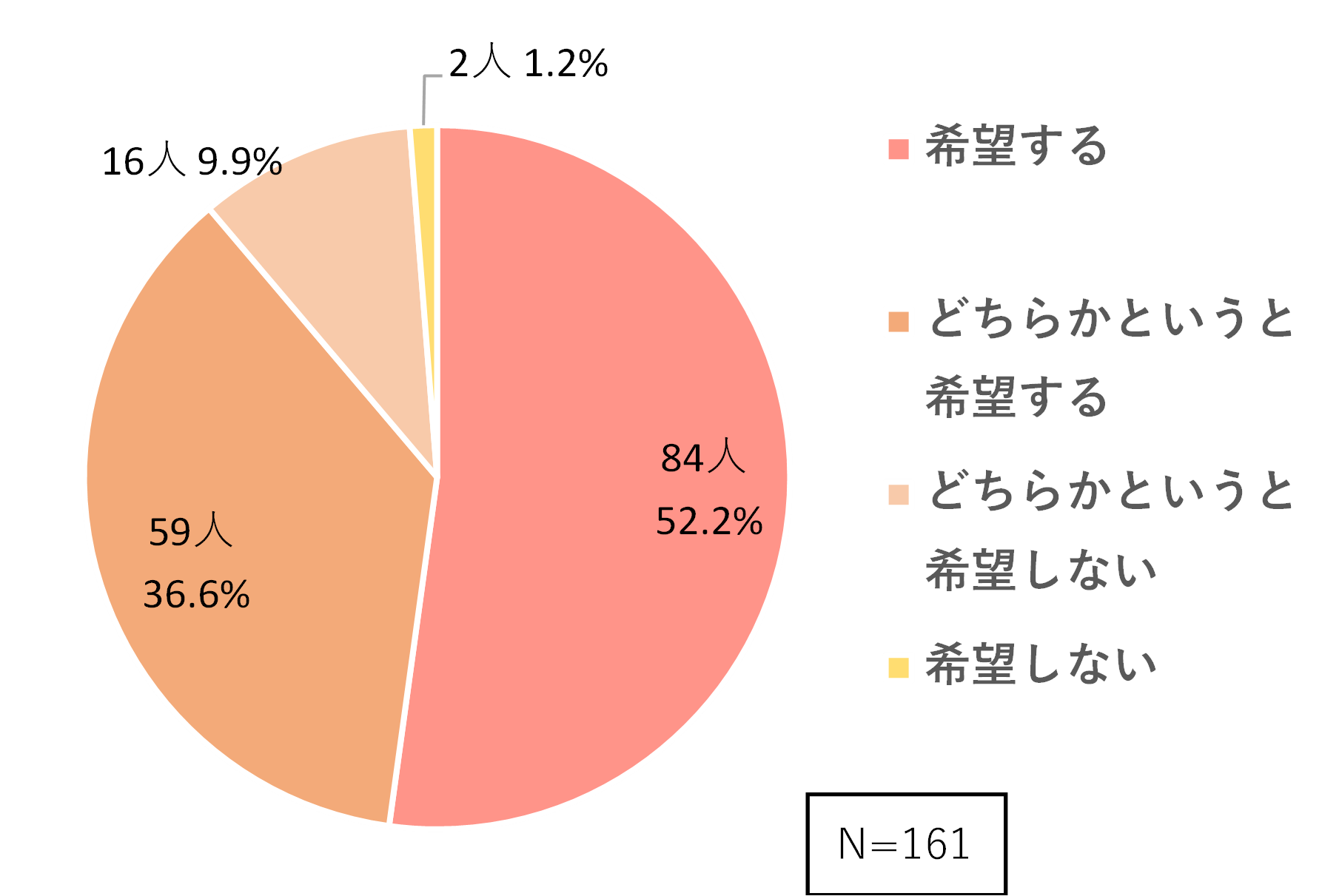
Intention to use autonomous driving services (single answer)
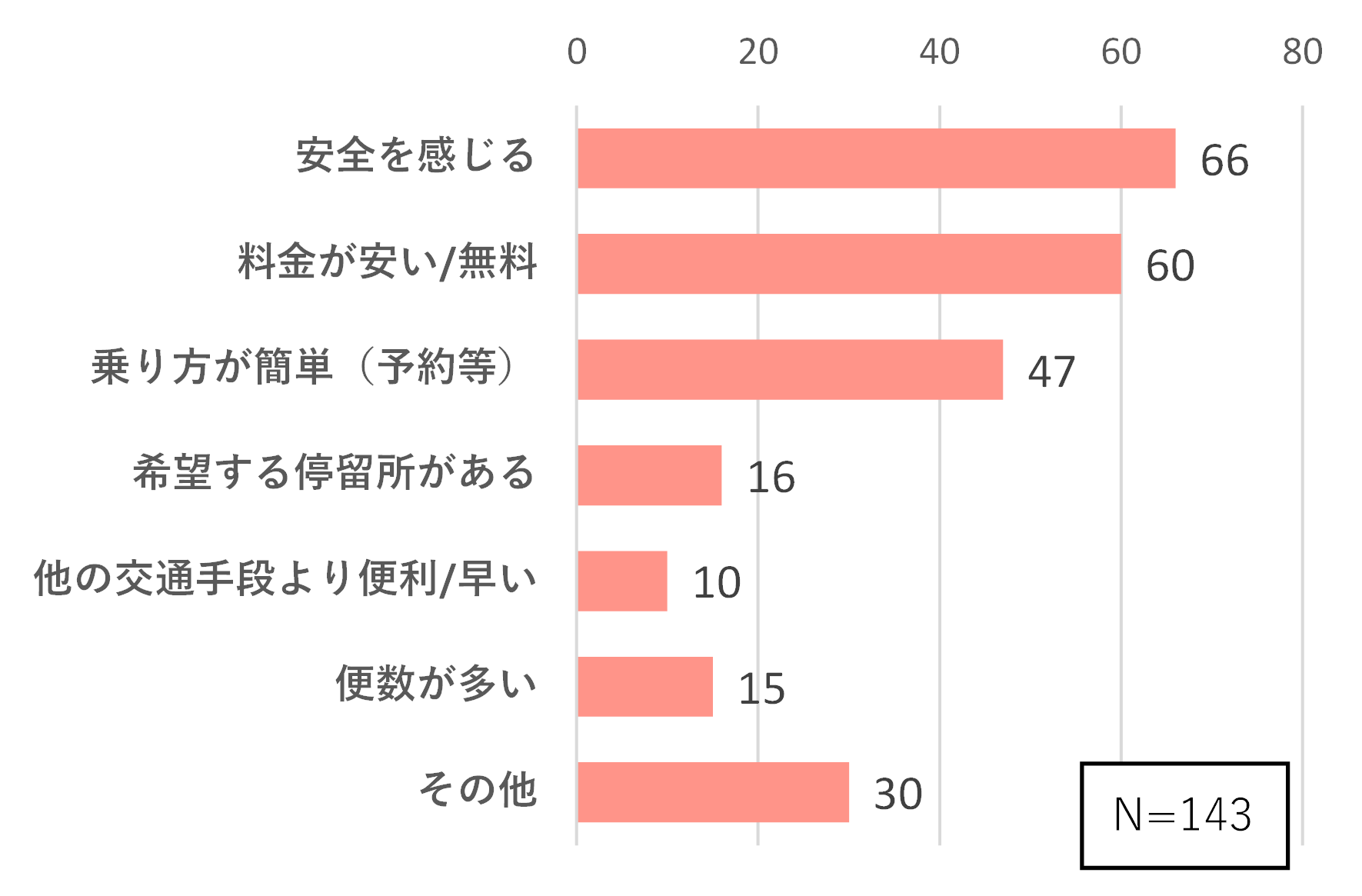
Reasons for requesting use (multiple answers)
Next, on the technical side, we will quantitatively measure the rate of autonomous driving driving during the demonstration period.
Of the total mileage of about 124km, the distance covered by autonomous driving was 107km, and the driving ratio of autonomous driving was 86%.
Of the opportunities for manual intervention, 90% were due to the road environment such as signalized intersections, 5% were avoidance of on-street parking, and 4% were due to approaching other vehicles.
In the demonstration experiment, from the perspective of ensuring safety when driving through intersections, we prioritized smooth operation by manually intervening at times when traffic lights change or are about to change, taking into account the impact on surrounding traffic. be a factor.
Therefore, in the future, it is considered an effective countermeasure to transmit signal information to autonomous driving vehicles through signal coordination so that they can grasp the turning point of the signal in advance.
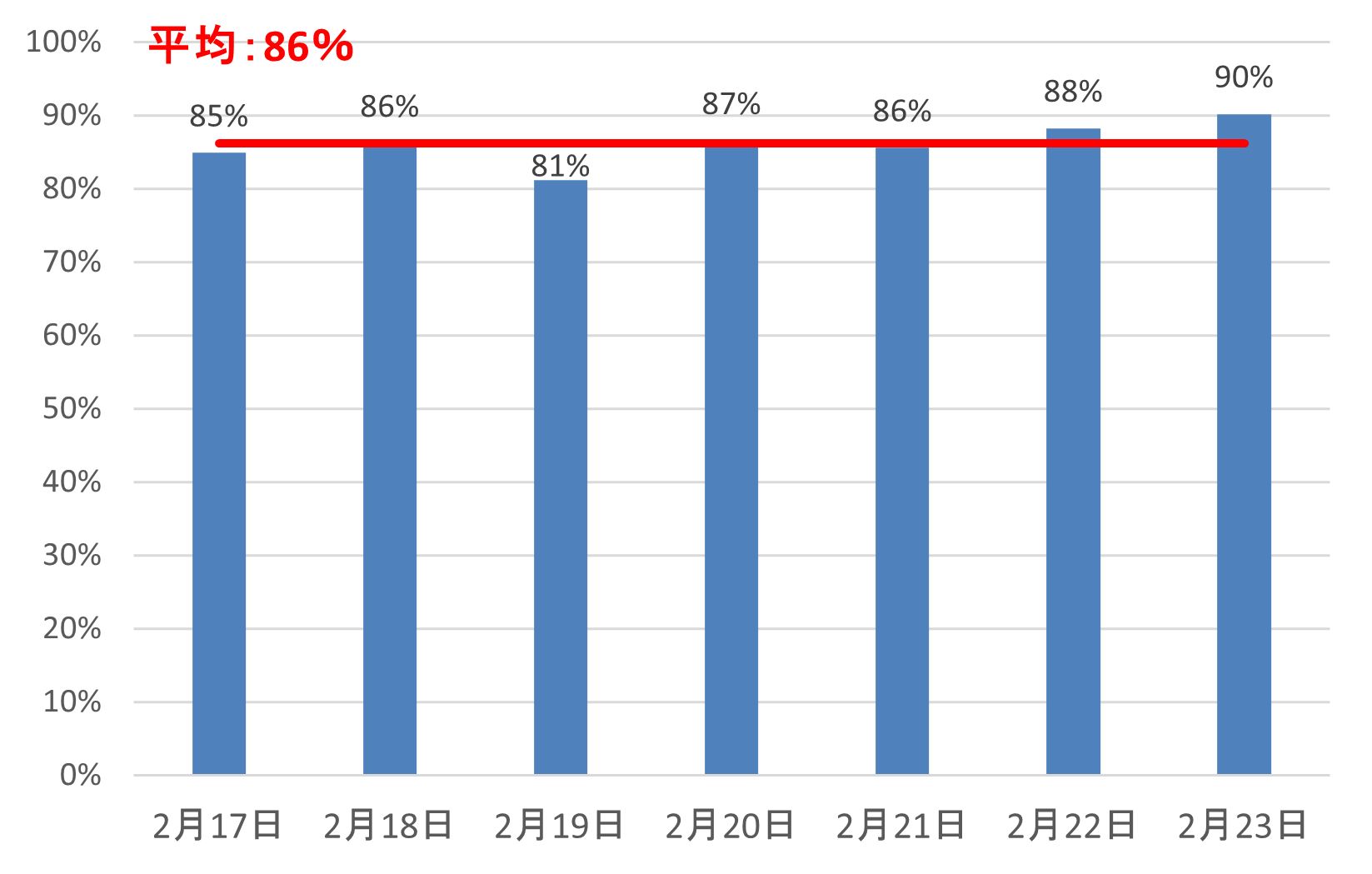
autonomous driving driving rate (by day)
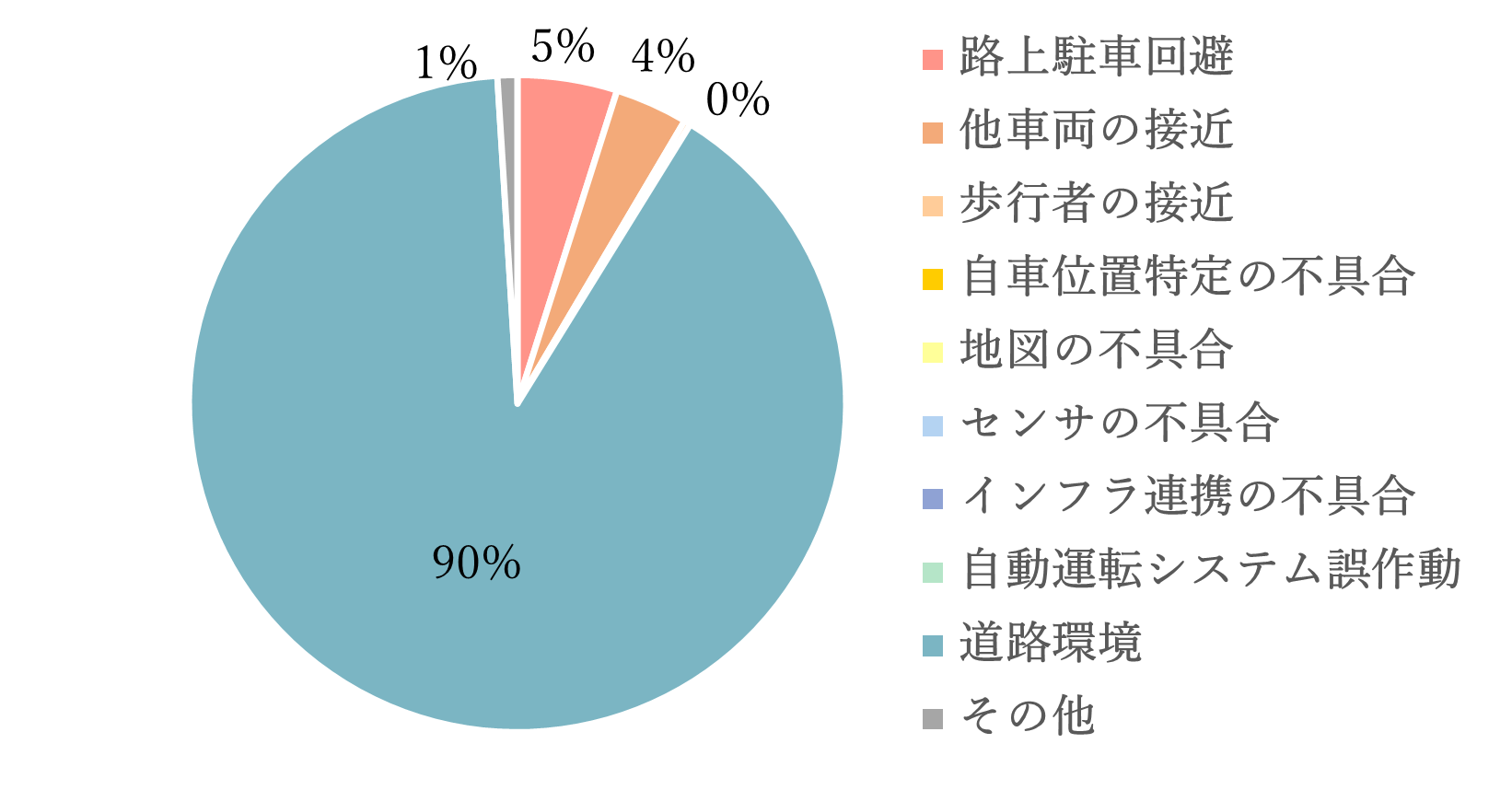
Causes of manual intervention
In this way, through the demonstration experiment, we were able to conduct very useful verification and evaluation for the practical application of autonomous driving services.
About the future
Based on the results of this demonstration experiment, Macnica will continue to work with Hitachiota City and related companies to provide support for the practical implementation of autonomous driving services in Hitachiota City.
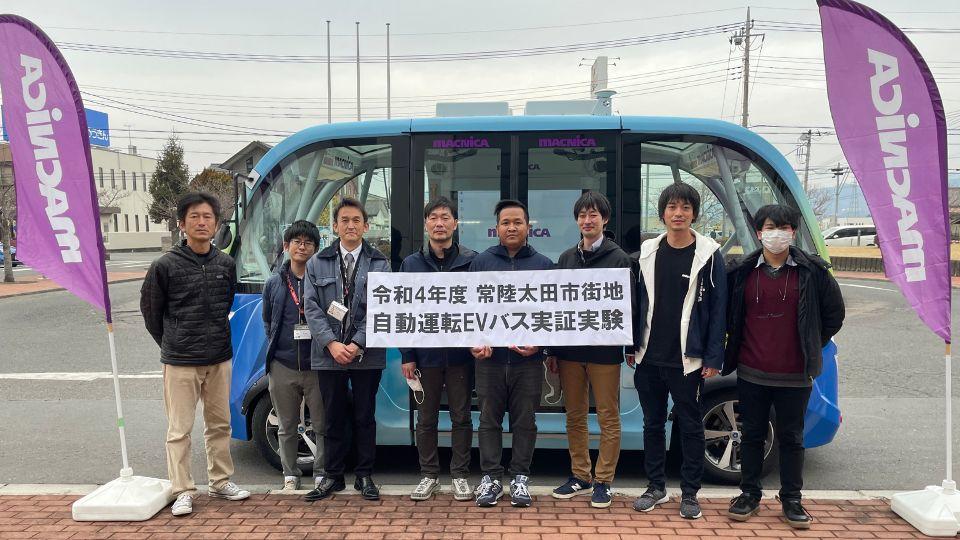
Inquiry
Macnica supports the practical application of autonomous driving in various regions and facilities. If you have any questions or concerns regarding autonomous driving, please feel free to contact us below.
